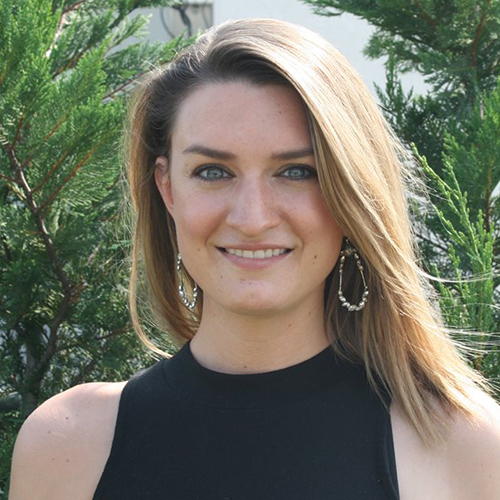What I Wish I Knew Before Migraine Became My Chronic Disease

The most important thing I wish I’d known before I became chronic is that it’s vital to meet other people who live with pain too.
The challenge is that most of us are in hiding.
Why we hide
“I’m fine” is the mask that people with ongoing pain wear because we don’t want to feel pitied or misunderstood by those who don’t realize what we’re going through. For years, when people asked how I felt, I jumped to “I’m fine,” because I knew the truth often led to a laundry list of questions like:
- “Have you tried seeing a neurologist?”
- “Have you had an MRI?”
- “Have you tried drinking more water?”
The people asking might have good intentions, but their questions can feel insulting. I’ve found that the words “I’m fine” halt the conversation and avert a situation that could leave me feeling alone and misunderstood.
I spent years hiding behind the mask of “I’m fine” because it was apparent to me that no one in my life understood my battle. That’s not due to any lack of love, effort, or desire on the part of my family and friends to support me. It’s because they simply haven’t had to endure “living” with constant debilitating pain. And that’s something I don’t want them ever to understand.
My realization
Only once I stayed in a specialized, in-patient medical treatment center for chronic migraine, did I realize that there are many other people surviving pain, just like me. The catch is that they’re all hiding behind their masks too, for similar reasons that I’ve hid behind mine.
That said, every time I have since met a friend with chronic migraine, it feels like we have been friends for years. Even through our pain is unique, we “get” each other in a way that makes it impossible not to discuss how we truly feel. Speaking with people who understand on this level has changed my outlook on my seemingly singular battle with pain; I am thankful to have learned this lesson.
How to connect with other migraineurs
Connecting with other people living with migraine isn’t always easy, especially when you’re living with ongoing pain. How did I find my friends with chronic migraine? I’ll go through the strategies that worked best for me.
Prioritize it
I must admit, prioritizing the social part of my life while in pain doesn’t always feel logical. That said, I’ve seen insurmountable value in my connections with other migraineurs. As a result, making these connections has been a priority for me, equally as important as my treatment protocol.
Network
As I began speaking more frequently about my pain, what started as small conversations with people I trusted quickly evolved. Before long, I was having conversations with friends of friends, and then friends of friends of friends, and so on.
When someone says, “My cousin’s friend is having a tough time getting by with her migraine attacks,” I immediately ask to get in contact with that person’s cousin.
Follow up, and then follow up again
The next step, after reaching out to someone, is following up, and then following up again. I follow up again because I know that responding to emails feels impossible when you’re in survival mode. Like my friend’s cousin and many others, I’ve made the effort to keep in touch, despite how easy it would have been to let those relationships flounder.
Although phone and video conference dates with these friends are often cancelled because of a migraine, they make my personal battle easier. When I’m at a low point, need advice, or simply need to vent, I lean on these friends to coach me through the pain and share their tips. I always return the favor.
Connect via social media
I’ve created my own circle of people living with migraine on social media with my accounts on Instagram, Facebook, and Twitter. On these accounts, I share the ridiculous things that I’m trying and what I’m thinking at any given moment. My friends share their experiences too.
While it’s incredibly hard for me to share this vulnerable side of myself, the connections I’ve made with thousands of people who are also navigating life with chronic migraine are well worth it.
The takeaway
I’m going to say it again, because I believe this is the single most important piece of advice I could give to someone who is new to pain: Make it a priority to connect with people who share your experience. As I have learned, the effort you put in will be worth it. Good luck!
The information presented is solely for educational purposes, not as specific advice for caregivers or the evaluation, management, or treatment of any condition.
The individual(s) who have written and created the content in and whose images appear in this article have been paid by Teva Pharmaceuticals for their contributions. This content represents the opinions of the contributor and does not necessarily reflect those of Teva Pharmaceuticals. Similarly, Teva Pharmaceuticals does not review, control, influence or endorse any content related to the contributor's websites or social media networks. This content is intended for informational and educational purposes and should not be considered medical advice or recommendations. Consult a qualified medical professional for diagnosis and before beginning or changing any treatment regimen.
NPS-US-NP-00297 MAY 2018














